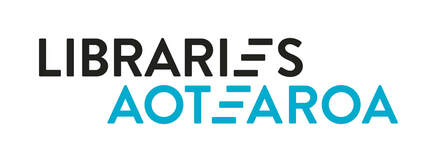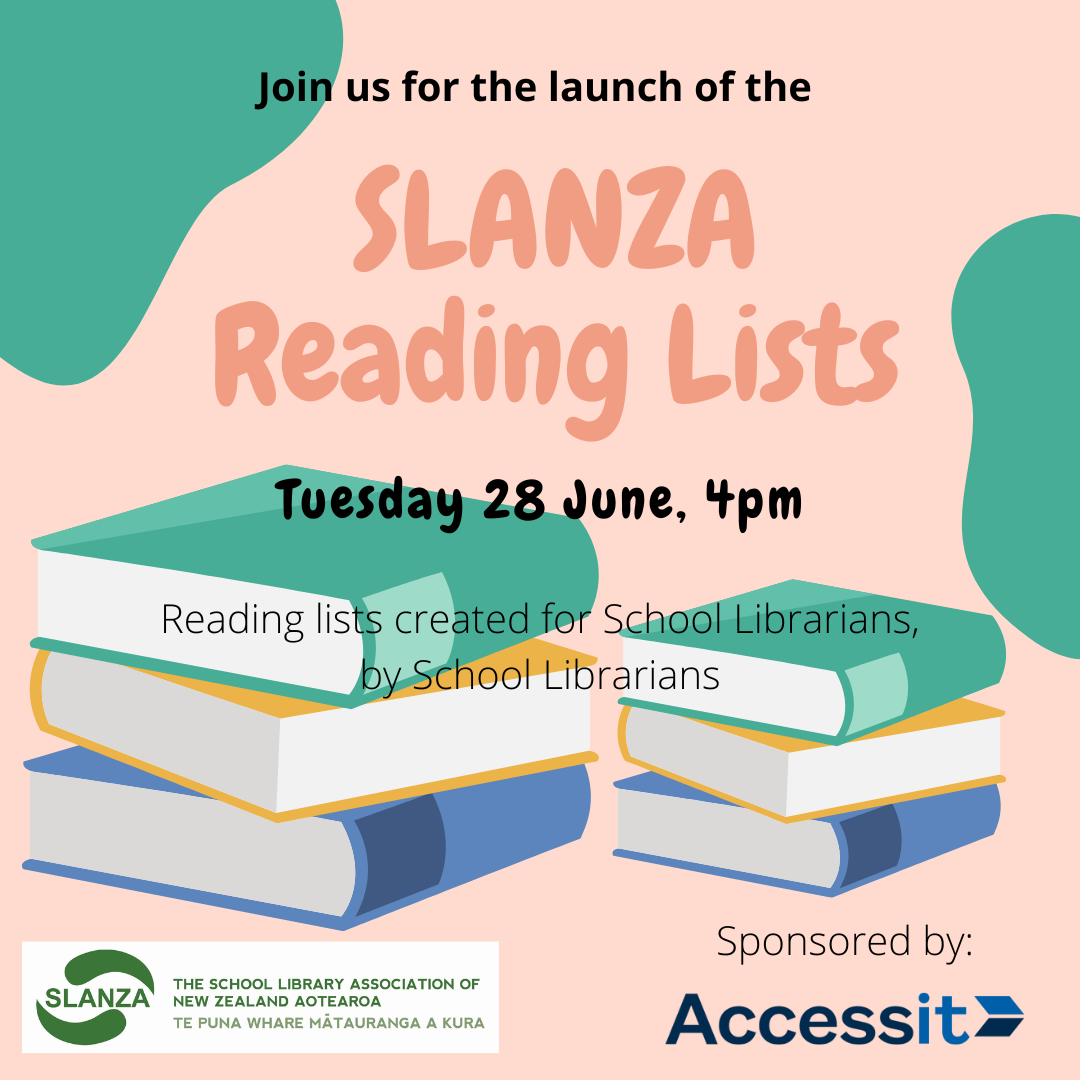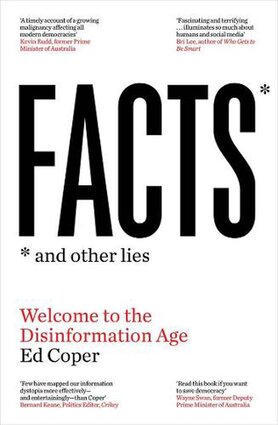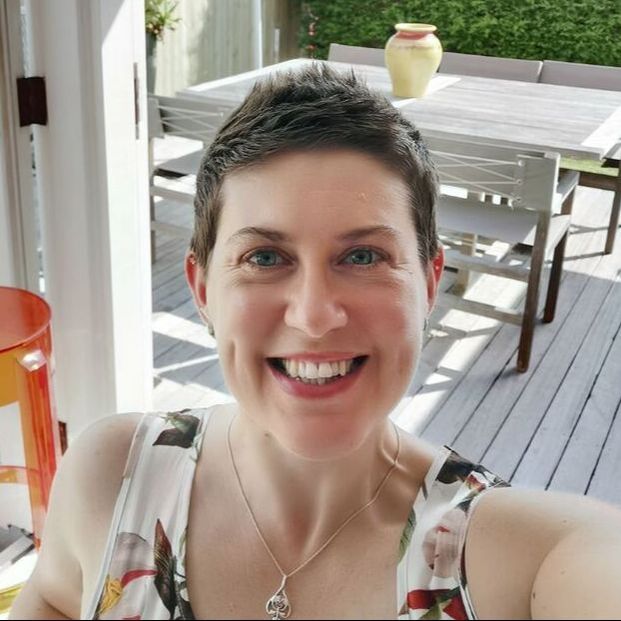Most days an email pops out on the SLANZA Library listserv asking for suggestions for books for different age groups, abilities, gender, primary and secondary.
SLANZA have an amazing resource of Reading Lists that have been around for years. A group from SLANZA Aoraki (Maree Silver, Claudine Tapsell, Zac McCallum, and Sally Brown) have been working to update and refresh these reading lists.
Join us for a quick online session to launch our updated SLANZA Reading Lists and to show how easy they are to use.
They are an amazing and exciting resource that are invaluable to not just School Librarians but Public Librarians, English teachers and anyone recommending a book to a young person.
Please do share this email with your English teachers, your local Public Librarians, and anyone you think might be interested in finding out about this amazing resource.
Zoom details
SLANZA Reading Lists launch Live Zoom
Tuesday 28th June
4pm - 4:45pm
Online
FREE
SLANZA Admin is inviting you to a scheduled Zoom meeting.
SLANZA Reading List Launch
June 28, 2022 at 04:00 PM New Zealand
Join Zoom Meeting
https://zoom.us/j/97421735715?pwd=UC9VYm9xTzFyNEh2R1lEUFNsNnc5Zz09
Meeting ID: 974 2173 5715
Passcode: 761015







 RSS Feed
RSS Feed